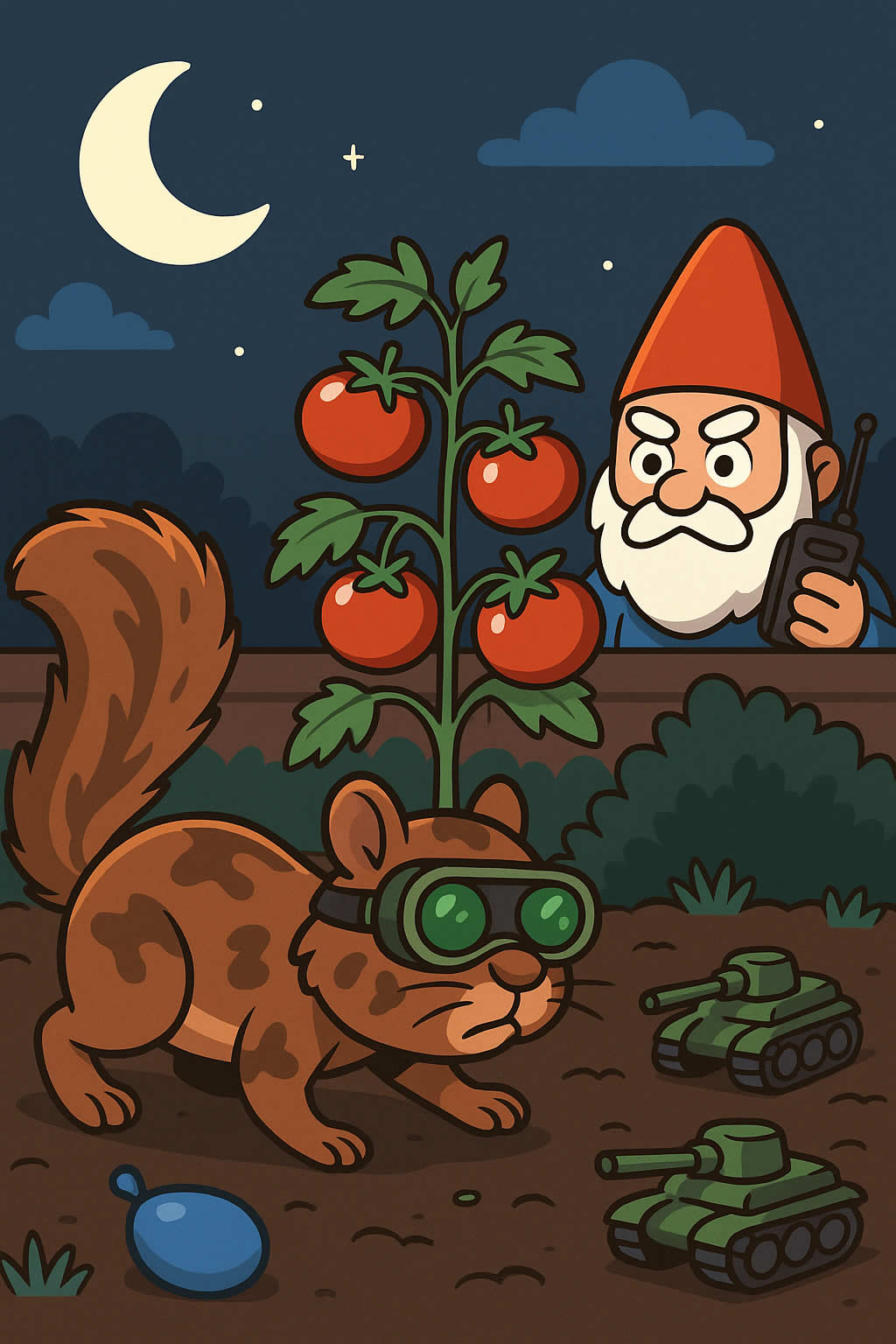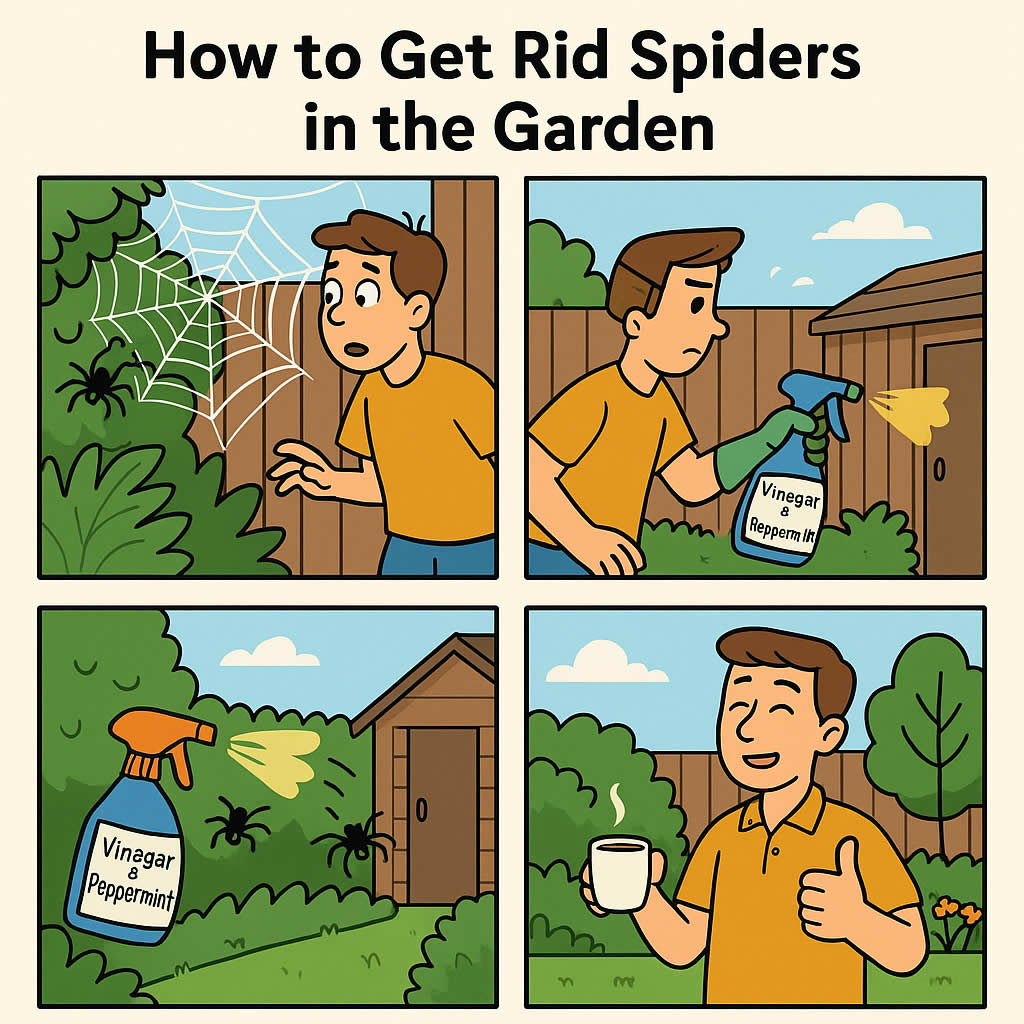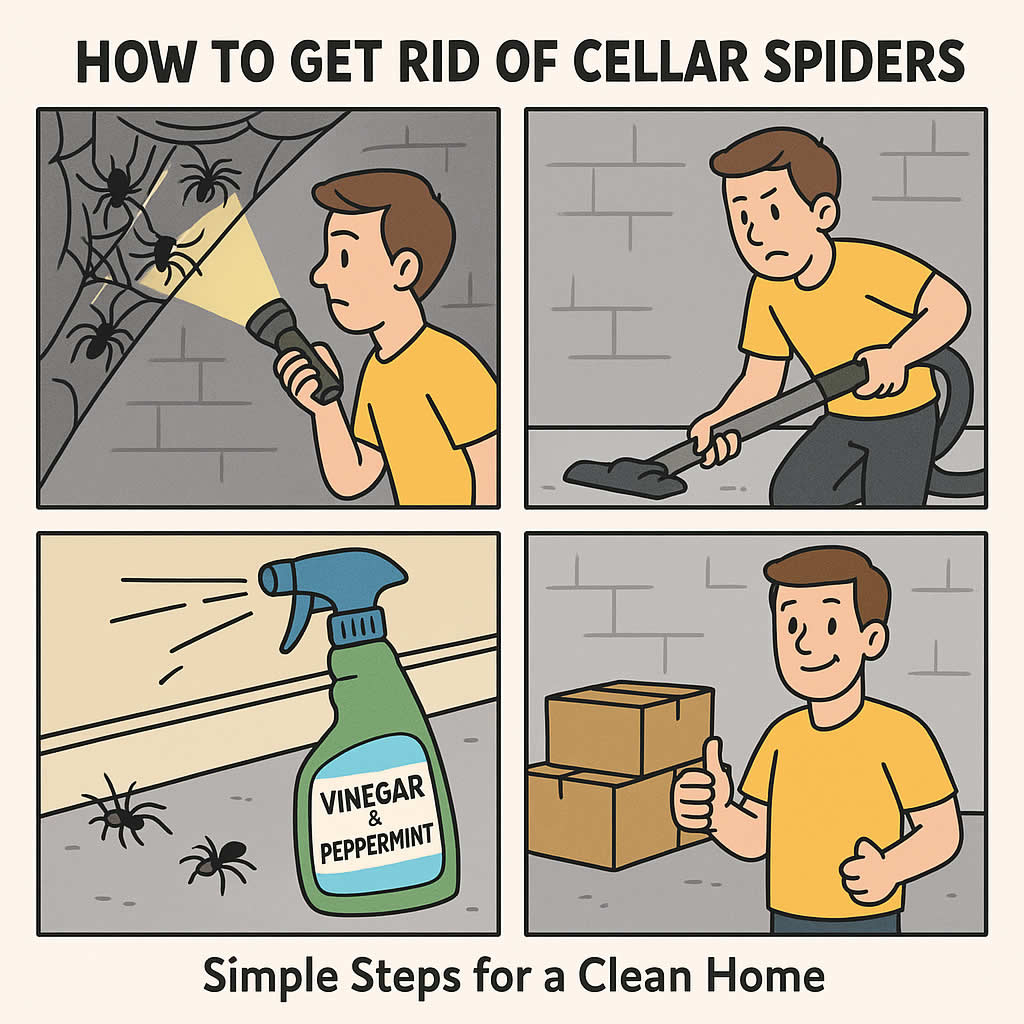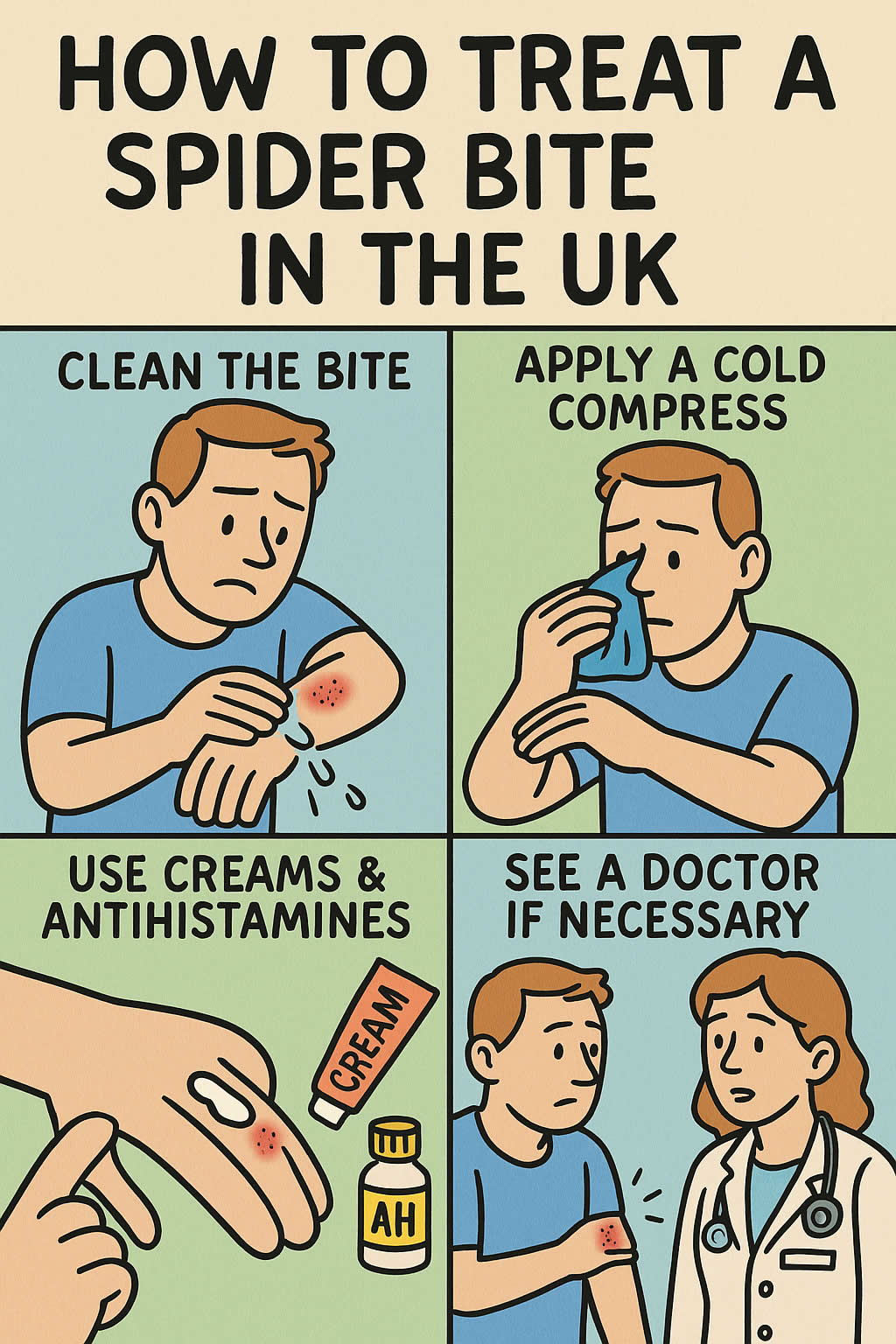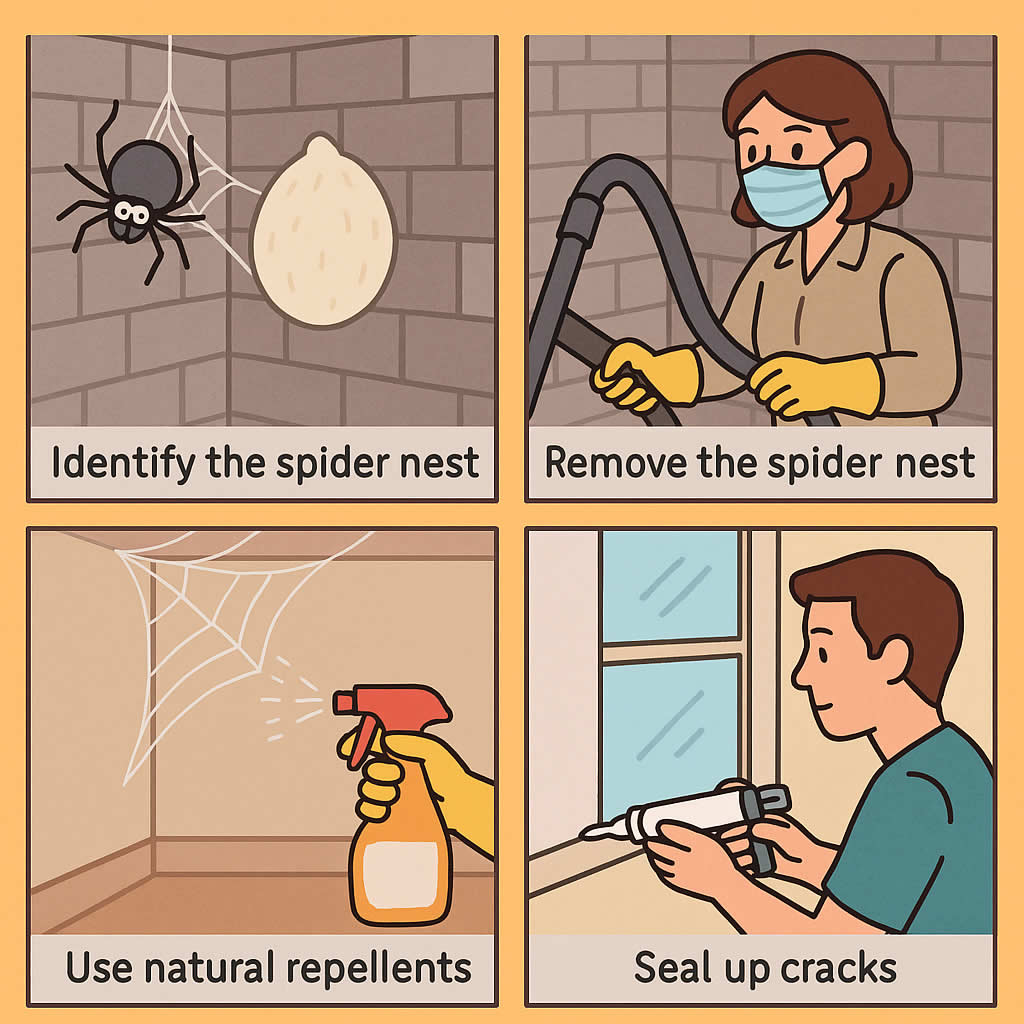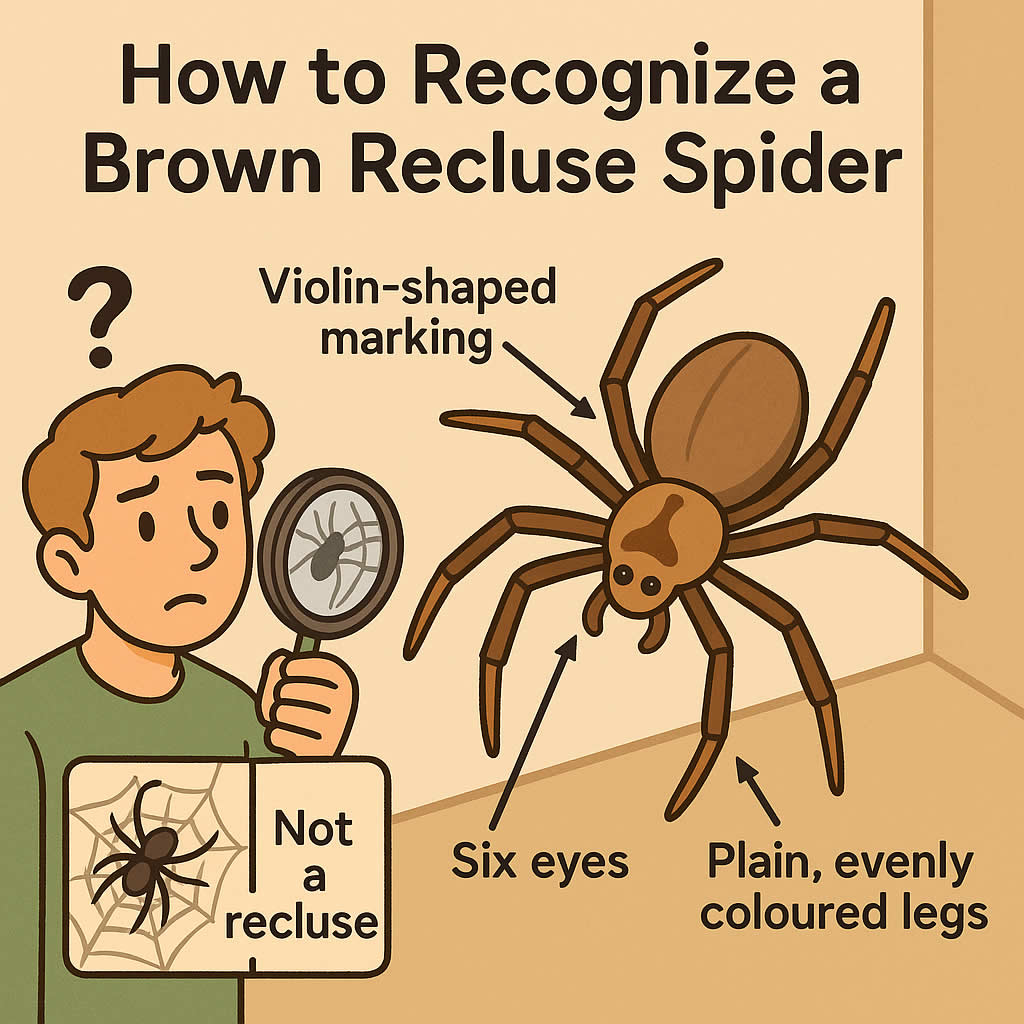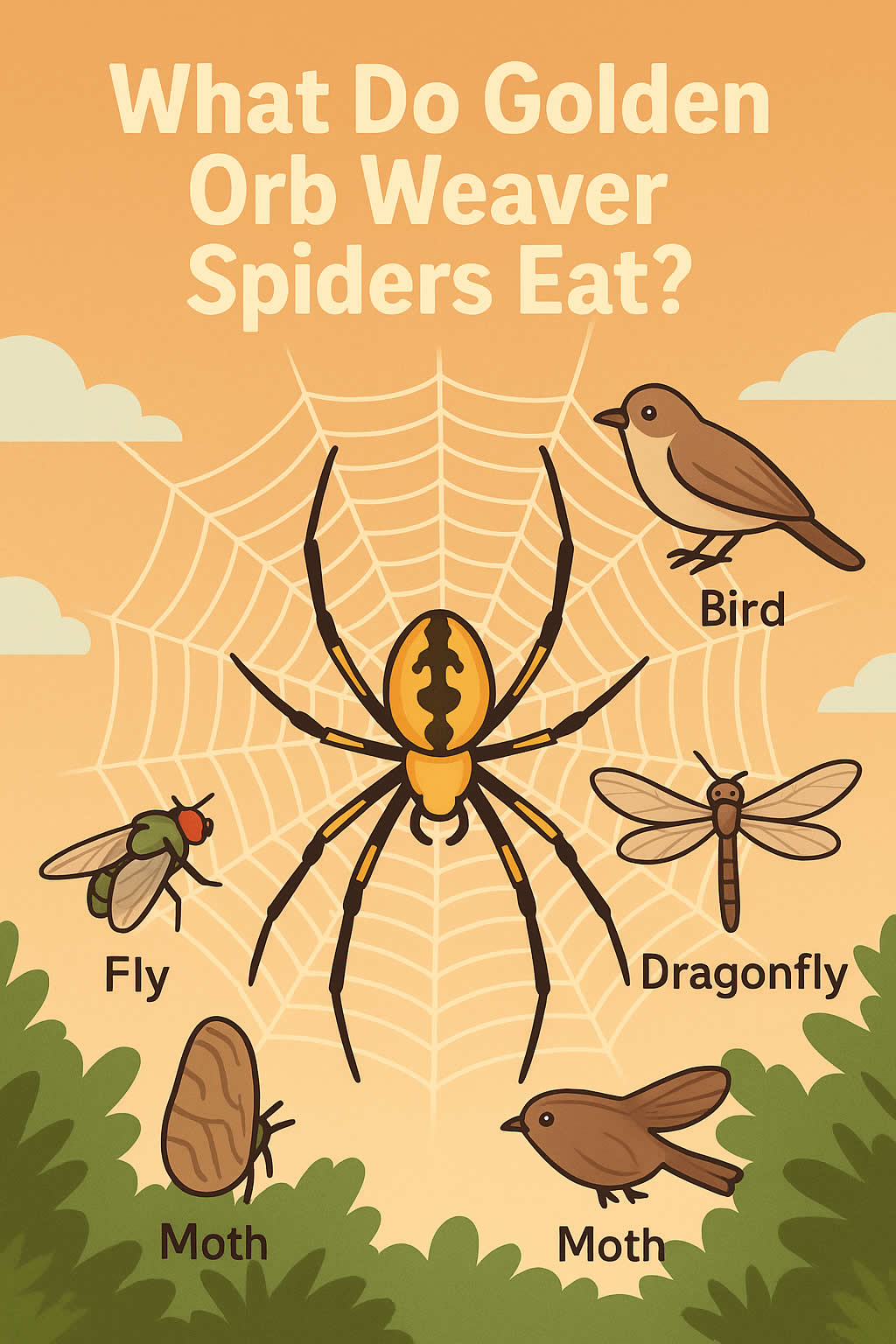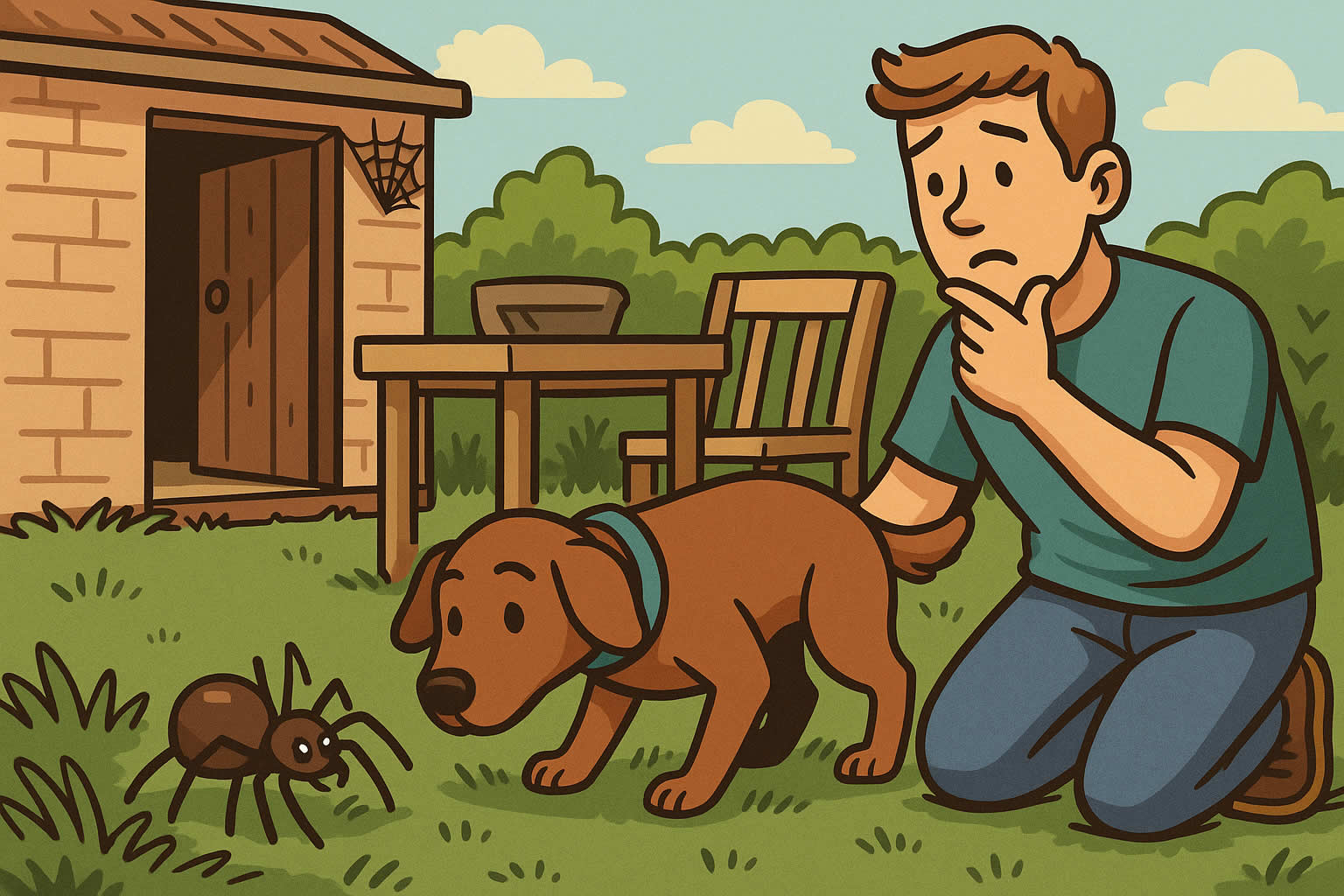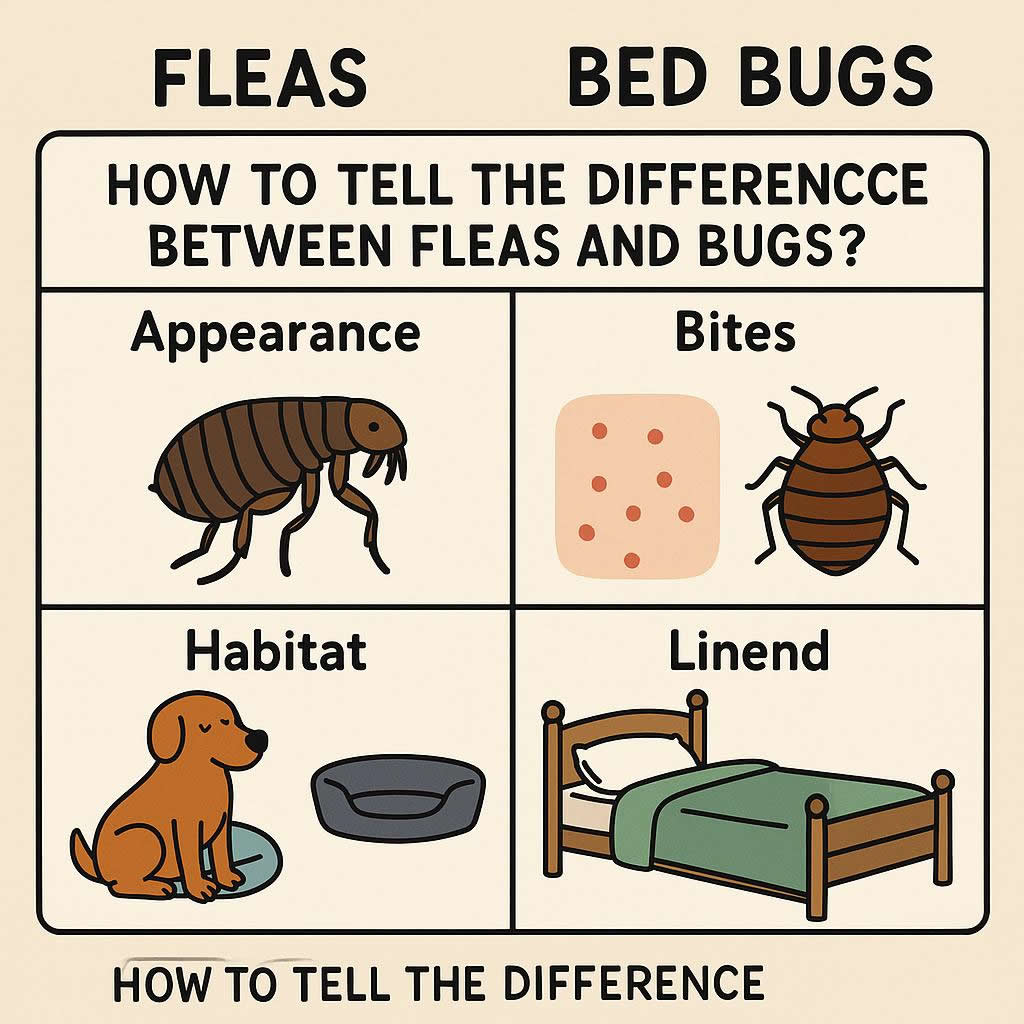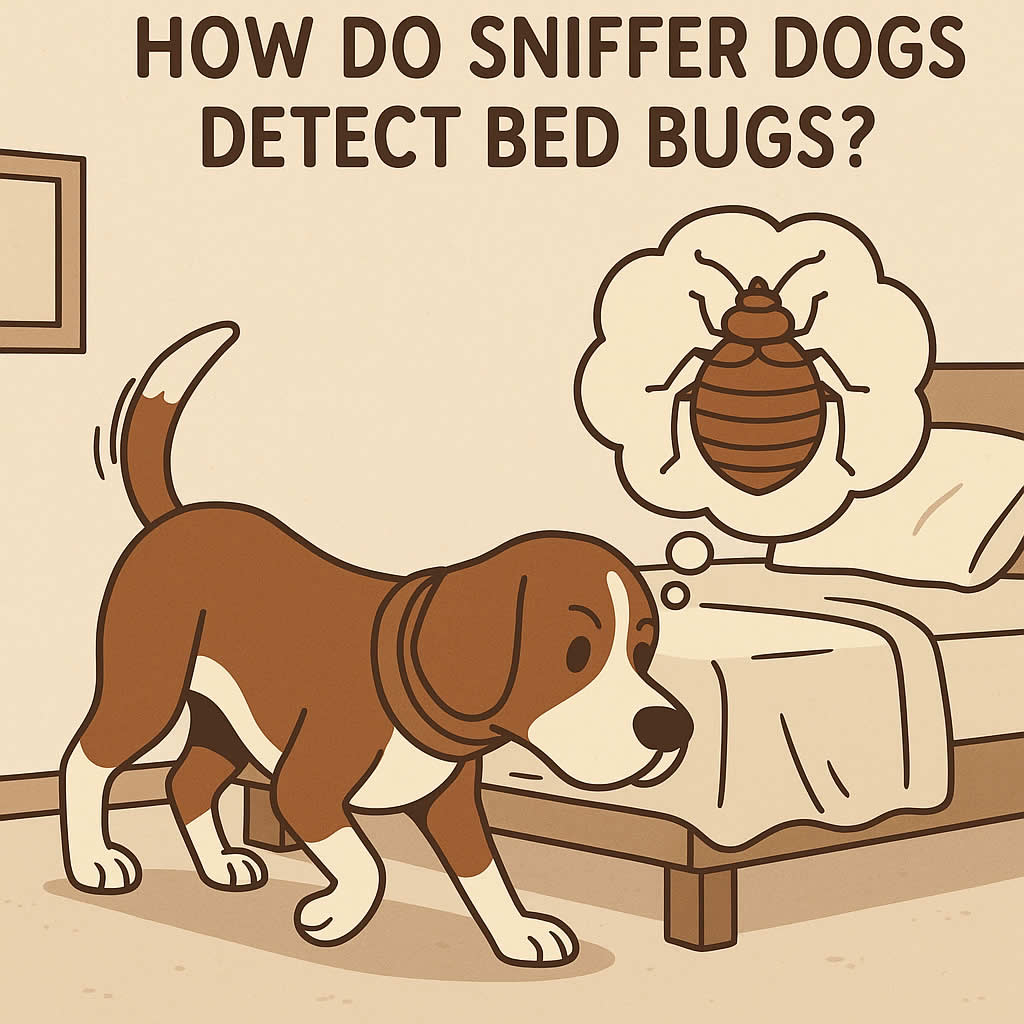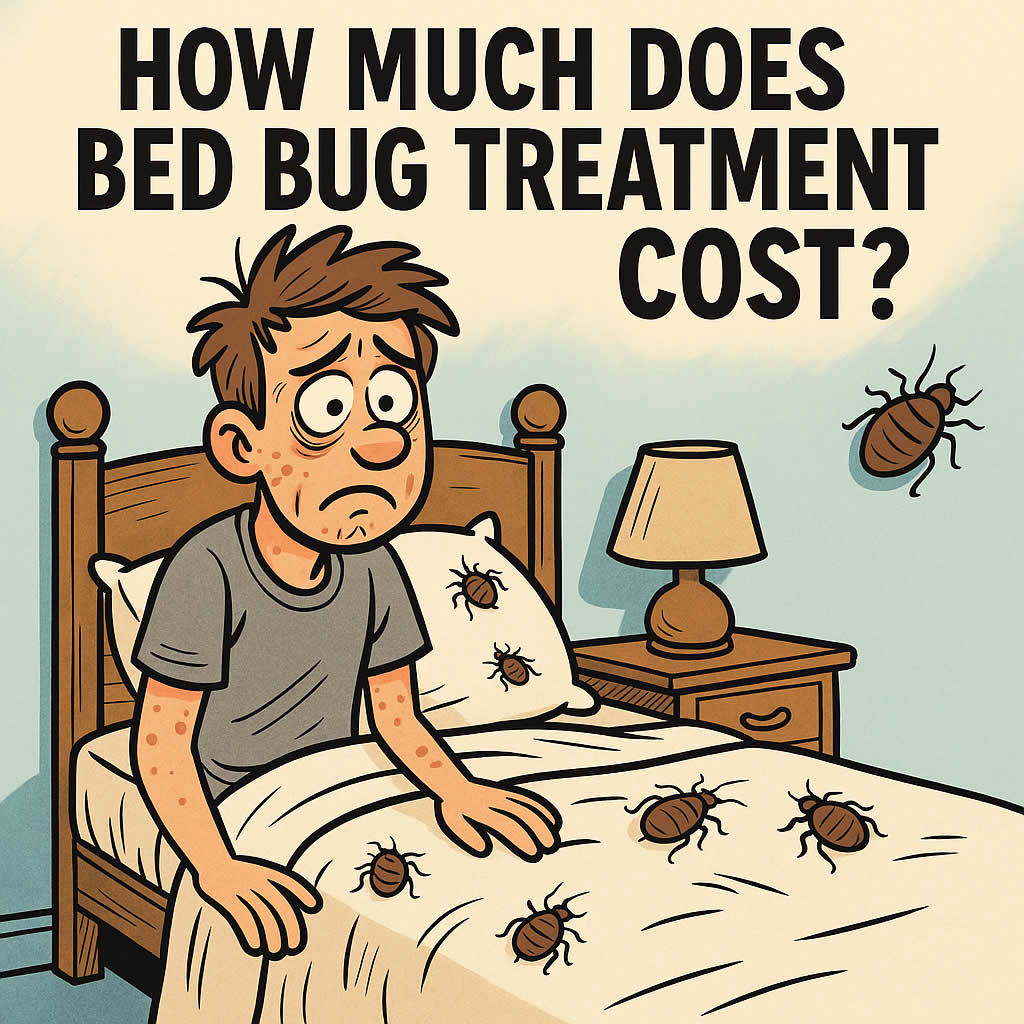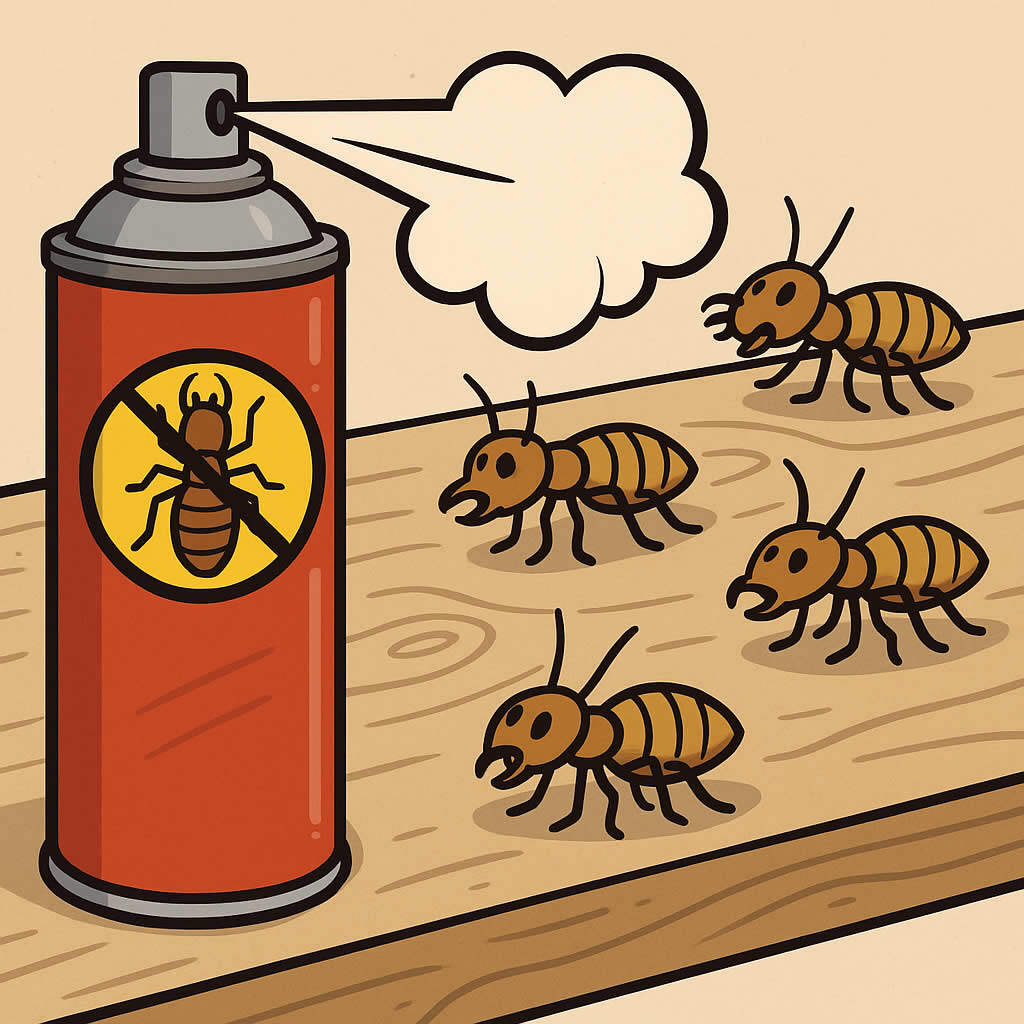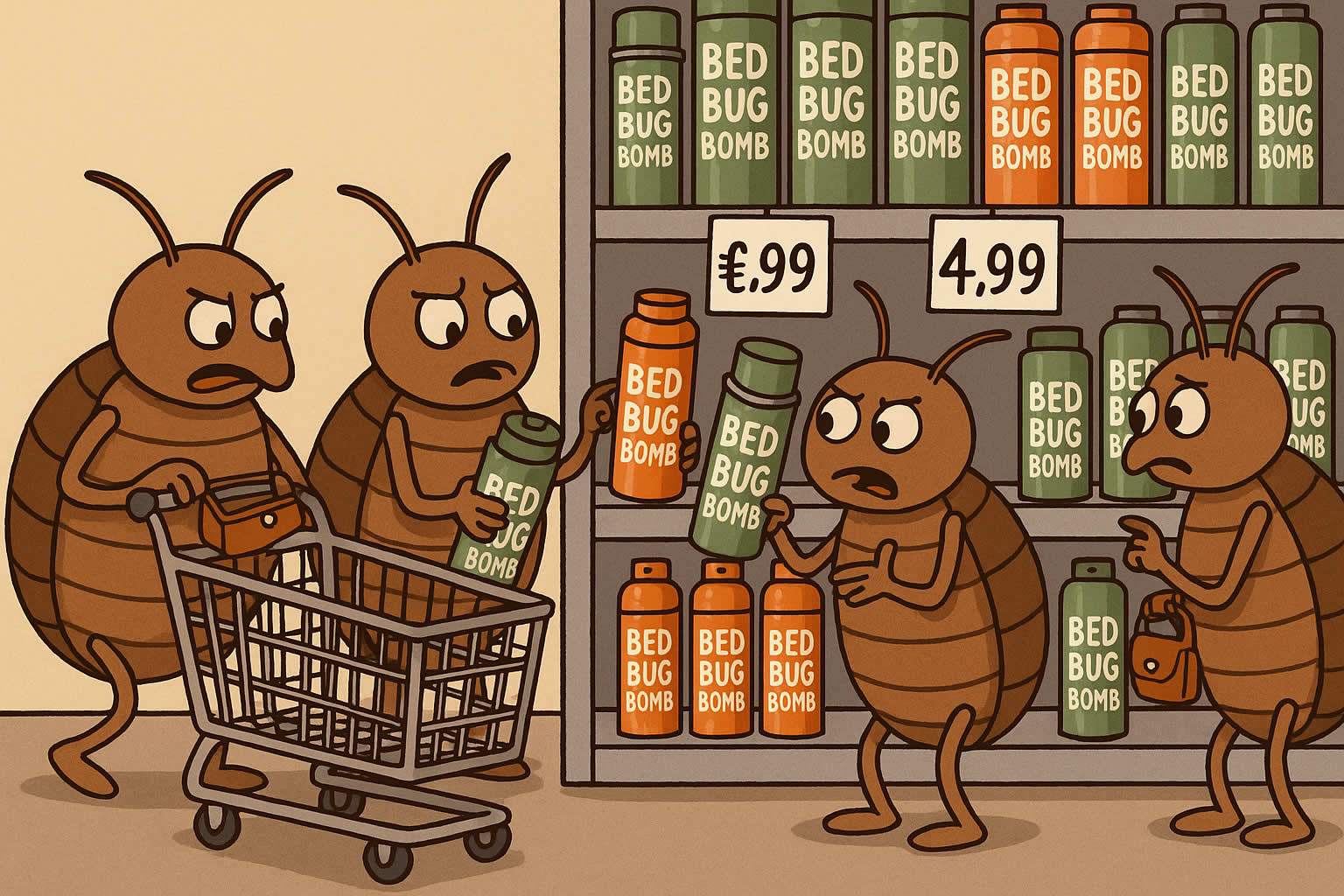Related Queries
ToggleYour prized tomatoes show mysterious small bites? Squirrels love tomatoes – and these pesky creatures often ruin multiple fruits with just a single bite instead of eating them whole.
Tree squirrels and ground squirrels treat our garden produce like their personal buffet. These daytime raiders don’t stop at tomatoes. They happily feast on strawberries, sweet corn, and bell peppers too. My experience as a gardener taught me why squirrels raid tomatoes – they’re usually looking for water rather than food. This explains those annoying single bites we find. Small to medium holes and droppings around plants help us spot squirrel damage quickly.
Here’s the bright side! Several proven methods can keep squirrels away from your plants. Physical barriers like netting work well. Natural deterrents give great results too – coffee grounds, mint and marigolds as companion plants can help protect your garden. Motion-activated sprinklers and homemade chili pepper spray work surprisingly well because squirrels can’t handle capsaicin.
Let me share the best strategies I’ve tested to keep these furry raiders away from your tomato plants, and they work amazingly well.
How to Tell If Squirrels Are Eating Your Tomatoes
Finding out what’s damaging your tomatoes helps you protect them better. Your garden might have several pests that could be responsible. Squirrels leave behind clear signs that tell you they’re the culprits.
Signs of squirrel damage on fruit
Squirrels leave specific evidence in your tomato patch:
-
- Medium to large holes chewed into one side of the tomato
- Single bites taken out of multiple tomatoes rather than consuming whole fruits
- Uneven bite marks where only small chunks of flesh have been removed
- Missing tomatoes that disappear without a trace, especially ripe ones
These creatures have an annoying habit of taking just one bite before moving to the next perfectly ripe tomato. This isn’t personal – they just sample many food sources throughout their day.
You might spot small holes in your garden soil or nearby containers that suggest squirrels have been digging. Dark, oblong pellet droppings near your plants are another sign. These droppings are roughly twice a rat’s dropping size and contain undigested bits.
Difference between squirrel and insect damage
A close look helps tell squirrel damage from insect damage. Squirrels use their incisors to carve distinct holes into fruit, while insects leave different patterns.
Damage to both leaves and fruit points to insects like tomato hornworm caterpillars. Squirrels and other mammals usually focus just on the fruit.
The damage size and pattern give away the culprit. Squirrels create medium to large holes with clean edges. Birds make small pecking holes, especially in tomatoes close to the ground.
When and where squirrels usually strike
The timing is a vital clue to identify squirrel attacks. These raiders only work during daylight. Nighttime damage likely comes from other mammals like rats.
Tree squirrels go after ripe produce and usually ignore green, unripe tomatoes. Their food preferences change weekly based on what’s in season. They’ll wait until tomatoes are perfectly ripe before taking that frustrating single bite.
These agile climbers can scale fence netting easily and attack tomatoes from above. Gardens with nearby trees or structures make perfect targets since they offer easy access and escape routes.
Best Physical Barriers to Keep Squirrels Out
Physical barriers stand as your best defense against hungry squirrels raiding your tomato garden. My experience shows that well-built fencing and cages shield your harvest from these determined creatures.
Using cages and fencing effectively
Protective enclosures around tomato plants work best to prevent squirrel damage. Each plant needs a cylindrical cage made from chicken wire or hardware cloth. These materials create a barrier squirrels can’t easily break through. Your cage should have:
- Four-foot minimum height to stop jumping
- Tight connections without gaps
- A covered top since squirrels drop from trees
Larger gardens need wire mesh fencing around entire beds. Thin-plastic mesh with 1-inch openings does the job well – squirrels don’t like climbing this material. This method has kept my garden safe, with only two or three break-ins over several growing seasons.
How to install bird netting or mesh
Bird netting gives you another great way to protect tomatoes from squirrels. Start by gathering netting, support posts, ties, and scissors. Measure your garden space carefully. Set up strong support posts at regular spaces – they’ll be the foundation of your protection system.
Lay the netting over your supports from end to end. Use zip ties or string to secure it at each support point. Make sure squirrels can’t find any loose spots or gaps to squeeze through.
Bush tomatoes need complete enclosures with netting roofs. Wooden clothespins help close gaps while letting you reach in easily during harvest time.
Tips for burying fences to stop digging
Squirrels love to dig, so burying your fence’s bottom section is vital. A six-inch deep trench should run around the perimeter. Set your fencing in this trench before adding soil back. This stops squirrels from tunneling under.
Really stubborn squirrels might still try digging – place bricks or rocks where they might enter. Check your barriers often and fix any damage right away.
Natural and Homemade Squirrel Repellents
Natural repellents give you an eco-friendly way to keep squirrels away from tomato plants. These solutions work by targeting squirrels’ sensitive sense of smell and taste to protect your harvest.
Hot pepper spray and how to make it
Squirrels hate capsaicin, the compound that makes peppers hot. You can make a great homemade pepper spray by simmering 3 tablespoons of crushed red pepper flakes in a gallon of water for about 15 minutes. Let it cool, then add 2 teaspoons of castile soap (peppermint works best) to help the mixture stick to plants. The solution needs to sit for 24 hours before you strain and transfer it to a spray bottle.
Spray this mixture on your tomatoes and surrounding areas once a week. You’ll need to reapply after rain. Birds don’t mind capsaicin, but mammals like squirrels find it really unpleasant. Keep in mind that you should wear gloves when preparing and applying this mixture since it can irritate your skin and eyes.
Using coffee grounds in the soil
Coffee grounds keep squirrels away with their strong smell. Spread used grounds around your tomato plants, focusing on the soil border. A few drops of water help secure the grounds and make their smell stronger.
The grounds need refreshing every two weeks to work as a deterrent. Your tomatoes will love the extra nutrients like nitrogen and potassium from the grounds – making this solution twice as valuable.
Companion plants that squirrels avoid
Mutually beneficial alliances with certain plants create natural barriers against hungry squirrels. Marigolds and nasturtiums give off scents that squirrels really hate. Mint varieties like peppermint and spearmint are great protective companions too.
Other plants that keep squirrels away include:
- Alliums (garlic, scallions, onions)
- Daffodils
- Fritillaries (though these have a skunk-like smell)
- Geraniums
- Lily-of-the-valley
- Hyacinth
Predator urine and scent-based deterrents
Predator urine makes squirrels think there’s danger in your garden. Fox urine works best against squirrels, while coyote urine helps with larger animals. These products need reapplication after rain and weekly to stay effective.
Gardeners often see mixed results with predator urine because squirrels can get used to the smell over time. Using different repellents in rotation helps prevent this adaptation.
Other Smart Tactics Gardeners Use
Smart gardeners use technology, behavioral tactics, and physical barriers to keep tomatoes safe. These methods work by startling squirrels, creating natural deterrents, or taking away the temptation completely.
Motion-activated sprinklers
Infrared-equipped motion sprinklers are a great way to protect tomatoes from squirrels humanely. These devices spot movement up to 40 feet away and release a sudden burst of water that sends squirrels running. The water spray works with squirrels’ skittish nature, and they learn to avoid your garden after just 2-3 encounters.
The best results come when you place sprinklers where squirrels usually enter from. Most units protect 1,000-1,600 square feet, which works well for average gardens. You should switch positions now and then because clever squirrels might get used to fixed locations.
Using pets as natural deterrents
Dogs chase squirrels by nature, which makes them perfect garden guardians. Train your dog to bark at squirrels without chasing them to avoid any escapes or harm. Your pet’s hair can help too – collect it after brushing and place it near tomato plants to keep squirrels away.
Cats make excellent squirrel patrol officers and chase away these garden raiders quickly.
Providing water sources away from plants
Squirrels often bite tomatoes because they’re thirsty rather than hungry. This explains why they take single bites from multiple fruits in your garden.
A birdbath or water dish in a far corner of your yard can reduce tomato damage by a lot. Keep fresh water available daily during growing season. Note that this approach might attract other wildlife to your garden.
Harvesting tomatoes early to reduce risk
Squirrels usually go after fully ripened tomatoes, so early harvesting works well. Pick tomatoes when they start showing color but aren’t fully ripe yet. Cut them with some vine attached and let them ripen naturally on your kitchen counter.
When dealing with larger harvests, wrap the mature fruits individually and leave the green ones exposed. This targeted protection helps you get the most from your crop while spending less time watching for squirrels.
Our Final Say!
Keeping squirrels away from your tomatoes needs an all-encompassing approach. My gardening trip has taught me that physical barriers combined with natural deterrents work best. Chicken wire cages are your most reliable defense. Homemade pepper sprays make an excellent backup plan.
Your protection efforts work better when you understand how squirrels behave. These daytime raiders want water more than food. This explains why they take single bites from multiple tomatoes. You can reduce damage by a lot by placing water sources away from your garden.
Squirrel management needs patience. No single method works perfectly, but trying different techniques pays off. Picking tomatoes early might seem odd, but it lets you enjoy the ripe ones without unwanted guests.
Note that squirrels adapt fast to static deterrents. So rotating your methods keeps them guessing and your tomatoes safe. Use coffee grounds today, motion-activated sprinklers tomorrow, and predator urine next week. This creates an environment squirrels would rather avoid.
These strategies will help you protect your tomato harvest from squirrel damage. Nothing beats the joy of eating tomatoes you’ve successfully defended from garden pests. Happy gardening!
Pest Control Eyeworth – Pest Control Queens Park – Pest Control Warwickshire
